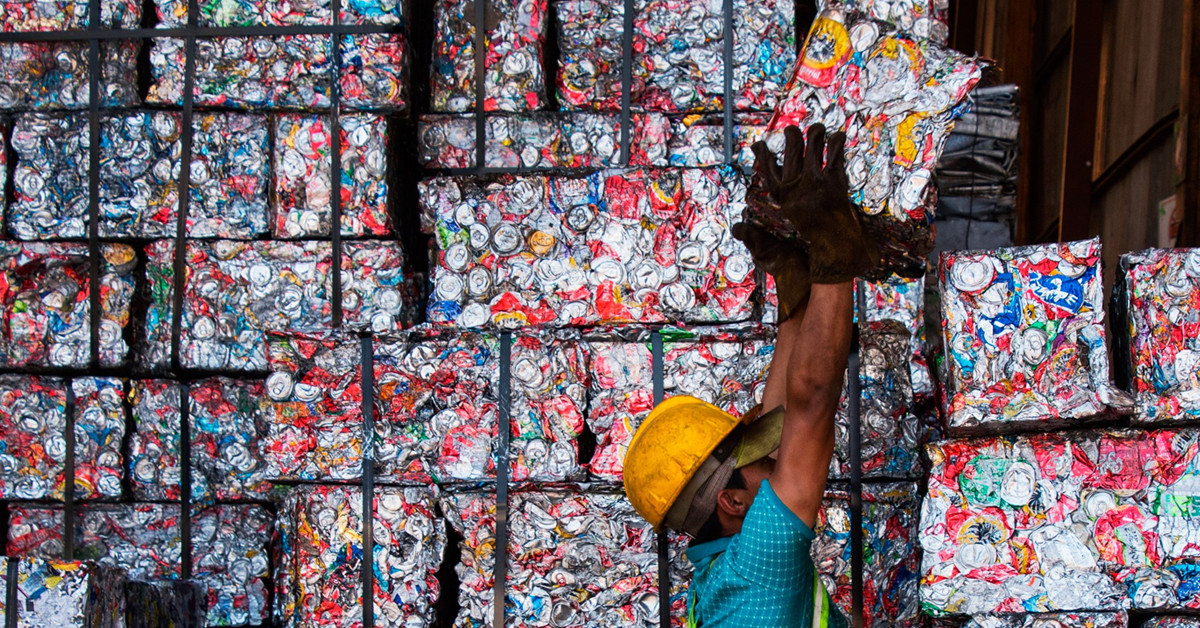Pacific Gas & Electric is poised to emerge from five years of criminal probation, despite worries that nation’s largest utility remains too dangerous to trust after years of devastation from wildfires ignited by its outdated equipment and neglectful management.
The probation, set to expire at midnight Tuesday, was supposed to rehabilitate PG&E after its 2016 conviction for six felony crimes from a 2010 explosion triggered by its natural gas lines that blew up a San Bruno neighborhood and killed eight people.
Instead, PG&E became an even more destructive force. Since 2017 the utility has been blamed for more than 30 wildfires that wiped out more than 23,000 homes and businesses and killed more than 100 people.
“In these five years, PG&E has gone on a crime spree and will emerge from probation as a continuing menace to California,” U.S. District Judge William Alsup wrote in a report reviewing his oversight of the utility.
While on probation, PG&E pleaded guilty to 84 felony counts of involuntary manslaughter for a 2018 wildfire that wiped out the town of Paradise, about 170 miles (275 kilometers) northeast of San Francisco. Now PG&E faces more criminal charges in two separate cases, for a Sonoma County wildfire in 2019 and a Shasta County fire in 2020. PG&E has denied any criminal wrongdoing in those fires.
Even more potential criminal charges loom. California regulators already have linked PG&E to the massive Dixie Fire last year, when a tree is believed to have hit the utility’s distribution lines in the Sierra Nevada — part of a sprawling, often rugged service territory covering 16 million Northern Californian customers.
During its probation, PG&E also plunged into bankruptcy for the second time in less than 20 years. Before emerging from bankruptcy last year, PG&E reached settlements of more than $25.5 billion, including $13.5 billion earmarked for wildfire victims that may fall short of doling out the amount initially promised.
PG&E’s conduct prompted its court-appointed monitor, Mark Filip, to raise alarms about the utility’s wildfire prevention efforts, though he applauded the “sustained and substantial” improvements in its natural gas operations.
“We doubt anyone would seriously contend PG&E’s performance has been adequate, or that substantial improvement is not still imperative,” Filip’s team wrote in a report filed with Alsup late last year.
PG&E, a 117-year-old company, generates about $20 billion in revenue annually while serving a 70,000-square-mile (181,300-square-kilometer) service area in the northern and central part of California that includes farmland, forests, big cities and the world’s technology hub in Silicon Valley.
Alsup, who repeatedly excoriated PG&E during its probation, last year signaled he was interested in keeping the utility under his watch. But he dropped the idea earlier this month after the U.S. Attorney’s Office filed documents saying it didn’t plan to seek an extension of PG&E’s probation, citing the “unique history and circumstances” of the case.
“We have tried hard to rehabilitate PG&E,” Alsup wrote in his final report. “As the supervising district judge, however, I must acknowledge failure.”
Catherine Sandoval, an energy professor at Santa Clara University and a former California power regulator, believes Alsup was far too hard on himself, although she agrees PG&E hasn’t proven it should be freed from supervision. She blames federal prosecutors for backing off an attempt to extend PG&E’s probation because “there appears to be no binding case law on this point,” according to the U.S. attorney’s report.
“If there was ever a test case for whether a company’s probation can be extended, PG&E is it,” Sandoval asserted during an interview. She also unsuccessfully fought to hold a hearing to extend the utility’s probation in 58-page brief filed with Alsup earlier this month.
Get the full story: Read more.










